

In terms of productivity, summer presents a paradox. On the one hand, the longer days and relaxed atmosphere make it tempting to unplug. Then again, many of us still have major goals we want to achieve by year’s end, such as creative projects and strategic planning. The question is, how do you make meaningful progress without sacrificing the season?
This is where the “slow burn” approach comes in—over the summer months, gradually simmering big tasks in short, consistent blocks. This isn’t about sprints or grinding away. This is about rhythm, pacing, and transforming your project into something that unfolds naturally — without consuming your free time.
So, here are some tips on how to slow-burn ambitious goals without burning yourself out like a steak that’s been on the grill too long.
Why Summer Demands a Different Productivity Playbook
Traditional productivity models emphasize intense, high-output work sessions. It is common for us to refer to these large amounts of work as “sprints.” Although effective in specific contexts, this approach often backfires during the summer. Why? The summer itself is a master disruptor of routines. Children are out of school, which changes family dynamics and demands. Barbecues, beach trips, baseball games, concerts, and outdoor gatherings fill social calendars. Due to the allure of sunshine and outdoor activities, spending eight hours indoors seems unappealing.
When you attempt a typical sprint model during summer, one of two things usually happens;
- As summer’s lightness replaces the sprint, it never materializes.
- When you force it, you feel drained, resentful, and acutely aware of all the summer moments you’ve missed.
Summer, by its very nature, calls for a more relaxed pace. Flow, flexibility, and organic living are all encouraged during this season. However, the slow burn embraces this. Rather than bursts of intense intensity, it offers a steady glow of small, consistent sparks. Its effectiveness lies in its alignment with the natural rhythm of the season.
The Undeniable Logic: Science Behind Short, Consistent Work
In cognitive psychology, distributed practice refers to the concept of spreading learning over time, rather than cramming it into a single session. Generally, sustained and consistent effort produces better long-term outcomes than sporadic, intense bursts of energy, allowing for continuous progress, building momentum, and preventing burnout. Intense efforts may get you started, but consistent effort fosters gradual improvements, builds habits, and creates long-term results.
When you break big, seemingly insurmountable projects down into manageable chunks, then do regular work on those chunks, you’ll achieve a crucial psychological victory: you’ll reduce the barrier to starting. For example, instead of needing a “five-hour block,” it becomes more achievable to do “30 minutes this morning.” This seemingly minor shift in mentality is profoundly liberating.
As a bonus, summer’s natural rhythm is perfect for shorter, more flexible work sessions. Imagine waking up early, before the heat of the day sets in, and dedicating 20-30 minutes to your project. Or maybe you save a brief block of time for the evening after a day of leisure, so you can work on a manuscript, refine a strategic document, or learn something new. With these flexible windows, you can make deep progress without wasting a lot of time.
Step 1: Deconstruct Your Giant into Bite-Sized Morsels
To master the slow burn, choose one major project that you genuinely want to advance this summer. This should be something that you truly care about, but that feels too grand or intimidating to take on head-on. There are many examples to choose from, such as;
- Writing a book or a comprehensive blog series
- Redesigning an entire website
- From conception to launch, developing a new digital product
- Developing a new course, workshop, or training program
- Conducting long-term, in-depth research for a significant endeavor
- Making a strategic plan for your business quarter or fiscal year
Having identified your behemoth, the next step is to break it down into the smallest, unambiguous tasks possible. Each task should be designed to fit comfortably within a 20- to 45-minute work session. These are your foundational “slow burn” units.
As an example, your granular tasks may look like this if your grand project is “writing a book.”
- Outline of Chapter 1: Main points
- Background research for Chapter 1’s opening
- Write 250 words for the introduction to Chapter 1
- Edit Section 1.1 of Chapter 1 to improve the flow
- Brainstorm three new anecdotes for Chapter 2
As you sit down to work, you should eliminate any ambiguity or decision fatigue. When you know precisely what you are doing, you will achieve an enormous amount of clarity. For instance, “Today, I am writing 250 words of the introduction to Chapter 1.”
Step 2: Forge Your Summer Work Rhythm
As soon as you have your detailed task list in hand, you can begin crafting a realistic and sustainable summer work rhythm. This is not your typical year-round work schedule. Instead, it’s a bespoke, seasonal cadence that acknowledges the lighter energy, changing schedule, and desire for personal space.
Take a moment to ask yourself these questions;
- What is a reasonable number of days per week that I can dedicate to these short, focused sessions? Most people find 3 to 5 days to be a sweet spot, providing consistency without being rigid.
- Is there a particular time of day that works best for my energy levels and external commitments? Mornings often prove the easiest due to cooler temperatures and fewer distractions.
- How long will each session last? You should aim for that 20- to 45-minute window.
Even seemingly insignificant efforts can have a profound effect. In the summer, even 20 minutes a day, five days a week, translates into over 20 hours of dedicated, deep work. This is a substantial chunk of time — more than enough time to make real progress on a significant project without sacrificing your summer vacation.
Even if you only manage a quick five-minute review of notes or a brief brainstorm, you’ve kept the project’s fire burning. As a result, momentum is maintained, and the project is kept from fading away.
Step 3: Employ Light Tracking and Visible Progress Cues
When you are unable to see the progress you are making, motivation often wanes. As sand accumulates, daily progress can sometimes appear invisible with the slow-burning method. That is precisely why tracking using a light, visual method becomes invaluable.
You can experiment with simple and effective tracking methods by using the following;
- Physical progress chart. Whenever you complete a session, you place a checkmark, sticker, or simply color in a square.
- Concise daily log or journal entry. As a quick record and small achievement, a note like “Went over outline for 30 minutes today” serves as an efficient way to keep track.
- Digital task board. It is possible to visually move tasks from “To Do” to “In Progress” to “Done” using tools like Trello, Asana, or Notion.
By offering small, consistent cues, you make your commitment tangible and reinforce your efforts. Besides habit-tracking apps, gamified habit-building apps like Habitica or Streaks can improve your consistency with visual streaks.
Step 4: Master the Art of Intentional Closure
Slow burns are most successful when the conscious act of mental closure is performed. As your short session concludes, resist the temptation to “keep going” or dive into another project task. Rather than rushing to the finish line, end cleanly, step away, and acknowledge and celebrate.
By doing this, you build invaluable trust in yourself. As you work, your brain learns that there is a clear beginning and an end to each session. Unlike productivity vortices that consume your entire afternoon, you won’t feel drained by them.
Using these short, deliberate bursts of energy trains the brain to see the task as easier and more manageable as opposed to overwhelming or dreaded. Now, you no longer passively wait for that mythical “perfect, long, uninterrupted block of time” that rarely arrives. Instead, you maintain the project’s fire consistently, gently, and effectively.
Step 5: Adjust Expectations, Not Ambition
By taking a slow-burning approach, you don’t have to reduce your ultimate goals; it implies a more efficient, sustainable way of achieving them. Writing that novel, designing that groundbreaking course, or strategizing that ambitious business expansion is possible. It’s simply a matter of doing it at a pace that is realistic and efficient within your life’s context, especially in the summer.
However, it’s a good idea to temporarily recalibrate your expectations about what “progress” looks like. During the summer, progress is usually not dramatic or marked by sudden breakthroughs. Instead, it’s a slow, steady accumulation. Even if the creative sparks don’t fly every time, you can still make progress by consistently showing up and putting in the effort.
Also, don’t be tempted by the pervasive sense of urgency and embrace the process fully. This is not about being behind. You are building something with staying power —an organic project that unfolds rather than being forced.
The Unseen Gifts of Slow-Burn Projects
As well as tangible progress, the slow-burn method has a host of profound, often unexpected benefits;
- Creative incubation. You can marinate and incubate ideas in your subconscious through short work sessions and breaks. When you’re not at your desk, your brain continues to work on problems and generate insights.
- Guilt-free leisure. Even if you only show up for a short time, knowing you are committed to your important project makes it infinitely easier to enjoy the rest of your day, weekend, or vacation without that nagging thought of “I should be working.”
- Organic momentum. Consistency can be a powerful magnet. When you become more engaged and less intimidated by the project, a disciplined 20 minutes a day often develops into longer, more productive sessions.
- Deepened confidence. By tackling large projects in small, consistent steps, we develop profound confidence. Despite the stress and anxiety of deadlines and perfectionism, you can accomplish ambitious goals.
Final Thoughts: Play the Long Game
You don’t have to choose between pleasure and productivity during the summer. You can have both with the slow burn approach.
Throughout the season, you’ll finish with something tangible to show for your time if you consistently attend short, intentional work sessions.
Remember, a big goal doesn’t require big drama. Often, they just need a few sparks over the course of a day, lit with care, carried with rhythm, and tended with gentleness until they glow.
So pick your project and set your rhythm. And let the slow burn begin.
FAQs
What exactly is a “slow burn” task, and how does it differ from traditional project management?
Slow-burn tasks are large, often intimidating activities that are broken down into manageable chunks, usually completed in short daily or near-daily sessions (e.g., 15-30 minutes).
Unlike traditional project management, it emphasizes significant deliverables, strict deadlines, and sometimes intense, prolonged work periods (often called sprints). Those methods have their place. But the slow burn prioritizes consistency over intensity, momentum over speed, and sustainability over burnout. When pursuing extensive, long-term, or self-driven projects, sporadic, high-pressure bursts are less effective than steady, incremental progress.
Why is the summer a particularly good time to adopt the slow burn approach?
Slow-burning projects work well in summer when unique challenges arise:
- Disrupted routines. It is common for our routines to be less rigid during vacations, family events, and social gatherings. As such, short, flexible sessions are easier to fit into your schedule.
- Reduced mental load (for some). It is common for work to halt, or there is a general feeling of decompression, freeing up some mental energy for personal projects.
- Lighter schedule (often). Whether work slows down or not, the longer daylight hours and warmer weather make it easier to carve out a small window early in the morning or late at night.
- Avoids burnout. In an already busy summer, cramming a massive project can lead to burnout and resentment. Slow burns keep things manageable and enjoyable.
- Leverages summer energy. With summer’s positive, often more relaxed energy, productive habits can be built.
How short can a “short session” realistically be, and still be effective?
In the long run, a “short session” can still yield significant results. Ideally, you should spend 15 to 30 minutes on it. However, even 10 minutes is better than nothing. To avoid skipping, make it concise and easy to get started.
Here are the reasons for its effectiveness;
- Overcoming inertia. Often, the hardest part is just getting started. It takes a short session to get you into the flow of the project.
- Compounding effect. When small efforts are consistently applied, they add up to big results. You can think of it as saving money: small, regular deposits can accumulate substantial wealth over time.
- Reduced decision fatigue. With only 15 minutes to commit, starting is much easier than committing to an hour.
How do I choose the right big project for a slow burn?
Slow burn approaches work best for;
- Long-term. Those projects without a hard deadline (e.g., writing a novel, learning a new instrument, building a complex skill).
- Self-directed. Projects where you control the pace and scope.
- Potentially intimidating. A task that, when considered in its entirety, might lead to procrastination.
- Require consistent skill development. As with learning a language or coding, daily repetition is more effective than infrequent marathon sessions.
- Passion projects. Long-term efforts can be sustained by intrinsic motivation.
It is best to avoid projects that have critical, immediate dependencies or tight external deadlines, as they may require more intensive, traditional sprint work.
What are the biggest challenges of the slow burn, and how can I overcome them?
- Impatience. It’s hard not to see massive progress right away. The solution? Don’t lose sight of your streak and celebrate consistency every day. For example, you could keep a win log for every small session.
- Lack of visible progress. It might feel like you’re not moving fast enough. You should, however, implement a simple tracking system to counter this. It could be a spreadsheet, a bullet journal, or a habit-tracking app. When you see how long it has taken you to accomplish a task, you can be extremely motivated. Also, to celebrate milestones, break the project into smaller, more manageable pieces.
- Forgetting or skipping sessions. It’s easy to forget your short-term commitment when life gets in the way. You can solve this problem by tying it to an existing habit, aka habit-stacking. As an example, “After breakfast, I’ll work on my project for 20 minutes.”
- Distractions during sessions. You can get derailed even during a short session by notifications. What is the solution? Be respectful of your short session. Put your phone on “do not disturb,” close unnecessary tabs, and let others know you won’t be available. Additionally, use a timer, such as the Pomodoro Timer.
- Feeling like the small chunk isn’t “enough.” Believing that a short session is of no value. But, using the slow burn method ensures motion is created and maintained, in accordance with Newton’s First Law of Motion. Progress is progress. It only takes 5 minutes to clarify your next step, preventing future procrastination.
Image Credit: Pixabay; Pexels
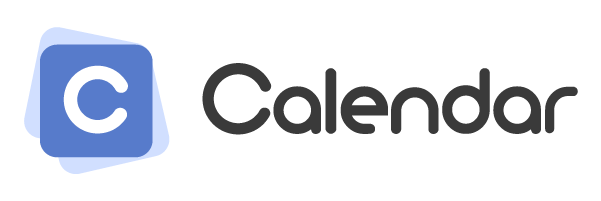

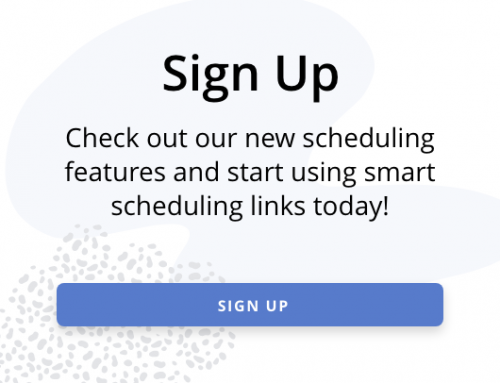



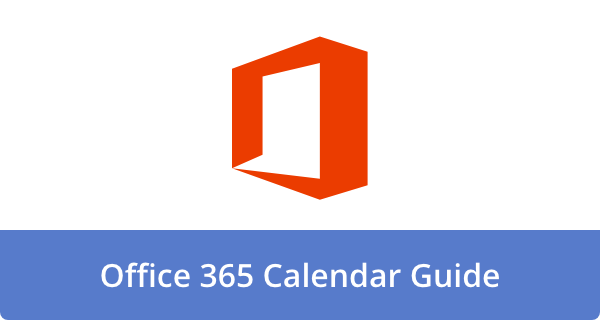
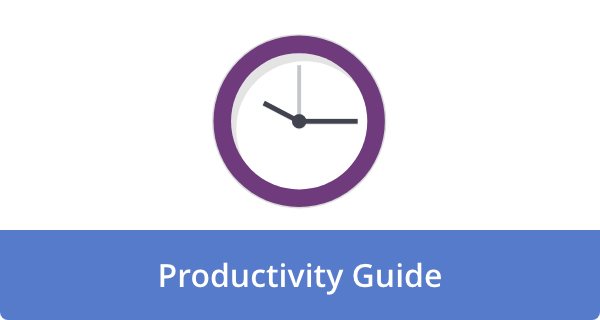


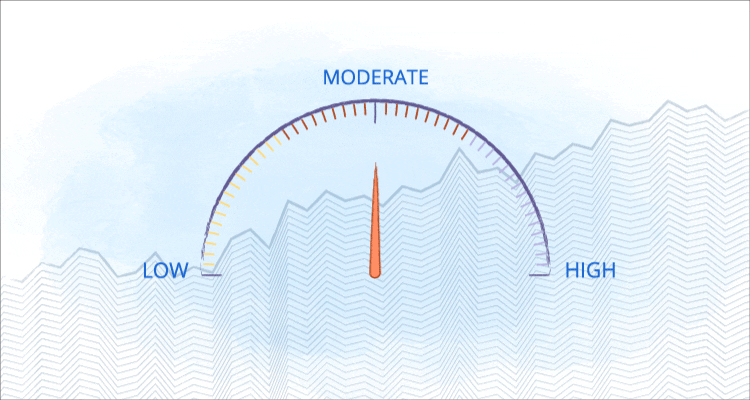
John Rampton
John’s goal in life is to make people’s lives much more productive. Upping productivity allows us to spend more time doing the things we enjoy most. John was recently recognized by Entrepreneur Magazine as being one of the top marketers in the World. John is co-founder of Calendar.